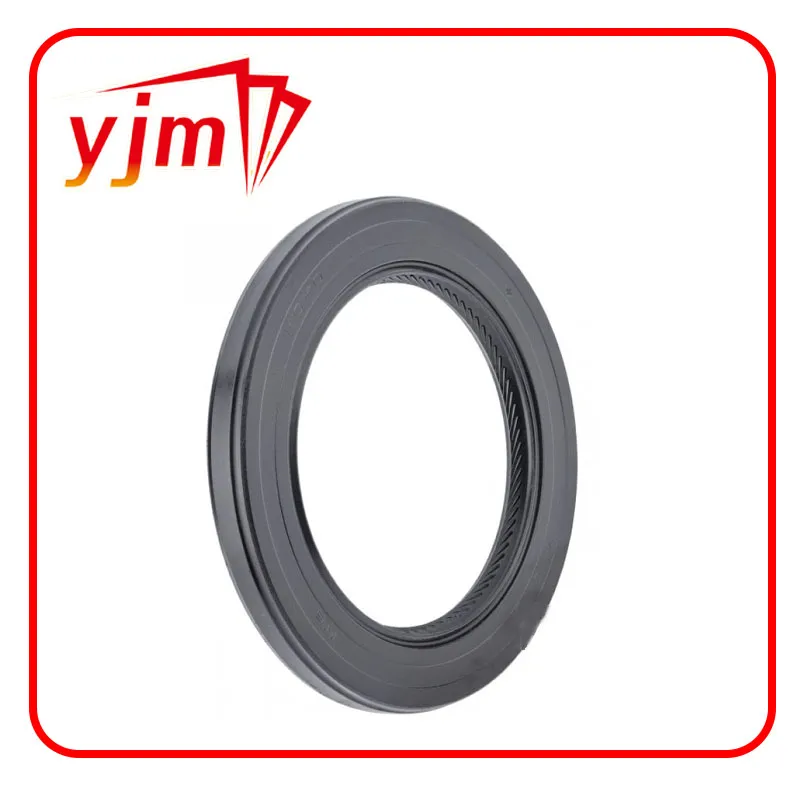Impact of Stern Tube Bearing on Ship Performance and Efficiency
Understanding Stern Tube Bearings in Ships
Stern tube bearings are critical components in the propulsion systems of maritime vessels, serving as vital interfaces between the ship’s hull and its rotating propeller shaft. Their main function is to support the shaft and allow for smooth rotation while minimizing friction and preventing wear. In this article, we will delve into the importance, types, operational mechanisms, and maintenance of stern tube bearings in ships.
Importance of Stern Tube Bearings
The primary role of stern tube bearings is to enable efficient propulsion. They connect the propeller shaft to the vessel’s hull and ensure that the shaft can rotate freely. Being subject to both radial loads from the weight of the propeller and axial loads from the thrust generated during operation, these bearings need to be robust and reliable. A failure in the stern tube bearing can lead to severe damage to the propulsion system and, ultimately, the vessel itself, which can be costly in terms of repairs and lost operational time.
Additionally, stern tube bearings support the alignment of the shaft system, which is crucial for maintaining a stable and efficient operation. Misalignment can lead to increased wear, noise, and vibrations, potentially resulting in catastrophic shaft failure. Therefore, the design and maintenance of these bearings play a significant role in the overall performance and safety of maritime operations.
Types of Stern Tube Bearings
There are several types of stern tube bearings utilized in ships, mainly categorized based on their materials and construction methods. The most common types include
1. Bronze Bearings Traditionally, stern tube bearings were made of bronze due to their excellent load-bearing capabilities and resistance to corrosion. However, the weight and the need for lubrication can be a concern.
2. Rubber Bearings These have gained popularity due to their ability to absorb vibrations and impacts. They are lighter than metal bearings and do not require lubrication, which can significantly cut down maintenance costs.
3. Composite Bearings Made from a combination of materials, composite bearings offer a balance between strength, weight, and resistance to wear and tear. They are emerging as a popular choice due to their durability and performance under various operational conditions.
4. Water-Lubricated Bearings These bearings use seawater as a lubricant, reducing the need for traditional oil-based lubricants. This is particularly beneficial for the environment since it decreases the risk of oil spills.
stern tube bearing on ship

Operational Mechanism
Stern tube bearings operate on the principle of reducing friction between the moving components of the propulsion system. As the propeller shaft rotates, it generates heat through friction; the bearing is designed to absorb this heat and provide a smooth surface for rotation. Lubrication is crucial, especially for traditional metal bearings, to facilitate the smooth movement of the shaft and prevent overheating.
The amount of load carried by the bearing depends on several factors, including the size of the vessel, its speed, and the shape and size of the propeller. Proper alignment of the entire shafting system is essential to ensure that the loads are evenly distributed across the bearings, which helps to prolong their lifespan.
Maintenance of Stern Tube Bearings
Regular maintenance of stern tube bearings is essential to ensure their longevity and performance. Maintenance activities typically include
- Inspection Regular visual inspections can help identify any signs of wear, corrosion, or misalignment. Monitoring temperature and vibration levels can also indicate potential issues.
- Lubrication For oil-lubricated bearings, ensuring a proper lubrication regime is vital. It is important to use the correct type of lubricant and replace it as needed to reduce friction and wear.
- Alignment Checks Keeping the shaft aligned correctly is crucial to avoid excess strain on the bearings. Misalignment should be corrected promptly upon detection.
- Replacement Eventually, bearings will wear out. Knowing when to replace them is key to preventing larger issues in the propulsion system.
Conclusion
Stern tube bearings are indispensable in ship design and operation, affecting everything from efficiency to safety. Understanding their function, types, and maintenance requirements is vital for anyone involved in maritime engineering and operations. As technology continues to evolve, the development of new materials and designs promises to enhance both the performance and sustainability of stern tube bearings, ensuring their relevance in future naval architecture.
-
Simplifying Oil Changes: A Comprehensive Guide to Oil Drain Plugs and Their Variants
News Aug.04,2025
-
Mastering Oil Drain Maintenance: Solutions for Stripped, Worn, and Upgraded Oil Plugs
News Aug.04,2025
-
Fixing Oil Pan Plug Issues: Leaks, Stripped Nuts, and the Right Replacement Solutions
News Aug.04,2025
-
Everything You Need to Know About Oil Drain Plugs: Sizes, Fixes, and Upgrades
News Aug.04,2025
-
Choosing the Right Oil Drain Plug: A Guide to Sizes, Materials, and Drain Innovations
News Aug.04,2025
-
A Complete Guide to Automotive Drain Plugs: Types, Problems, and Innovative Solutions
News Aug.04,2025
-
The Ultimate Guide to Car Repair Kits: Tools and Essentials Every Driver Should Own
News Aug.01,2025
Products categories















